In conversation: ‘The true impact of noise’ with Simon Gosling


In conversation: ‘The true impact of noise’ with Simon Gosling
By KARNDEAN DESIGNFLOORING
This month we are pleased to welcome Simon Gosling, chief marketing officer at Quiet Mark. In this two part conversation, Simon joins us to discuss how noise is affecting modern life and how we can create a quieter and healthier world.
After a fascinating career to date that has included being a drummer in a band, music video and film production as well as trailblazing virtual and augmented reality marketing, Simon recently joined Quiet Mark, the award programme which aims to reduce noise pollution, to lead the conversation about the impact of noise on our wellbeing and productivity.
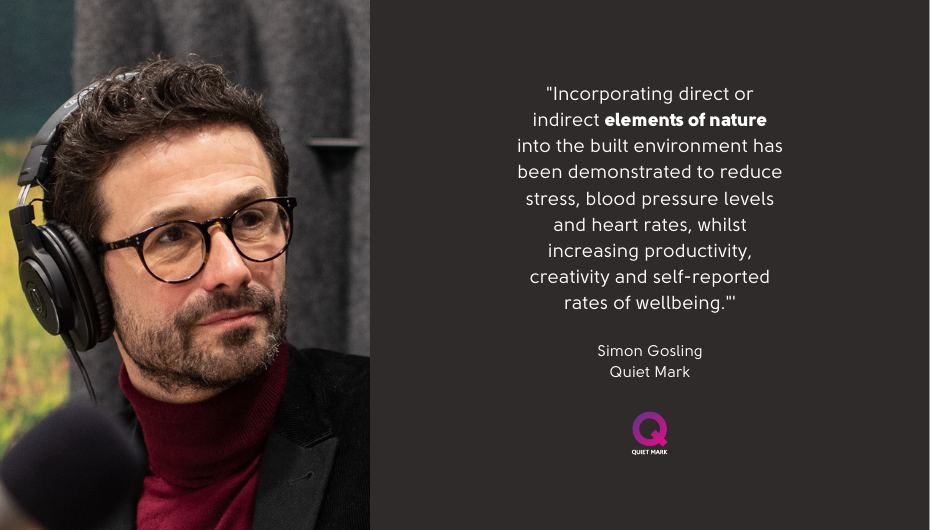
Karndean: It’s clear that long after the physical effects and challenges of Covid-19 have left us, mental health will be its defining legacy. New working from home and home schooling routines have introduced intense pressure and stress to our lives and amplified sound levels in our homes. What do you see as the big concerns when it comes to unwanted sound in our daily lives?
Simon: We know that environmental noise is having a significant impact on our health, with noise annoyance linked to anxiety and depression. Long term stress caused by noise, which causes elevated levels of the ‘stress hormone’ cortisol, has been found to contribute to cardiovascular diseases such as high blood pressure, heart attacks and coronary heart disease. In fact, the World Health Organization has calculated that at least one million healthy life-years are lost every year in western European countries because of environmental noise [1].
Problems concentrating in the workplace or education settings due to background and intermittent noise has been found to significantly reduce performance. Just before COVID, a study showed that the world had become louder than ever before and the charity Action on Hearing Loss (now renamed RNID [2] estimated that around one in six people across the UK currently live with hearing loss and that by 2035 this is likely to rise to one in five.
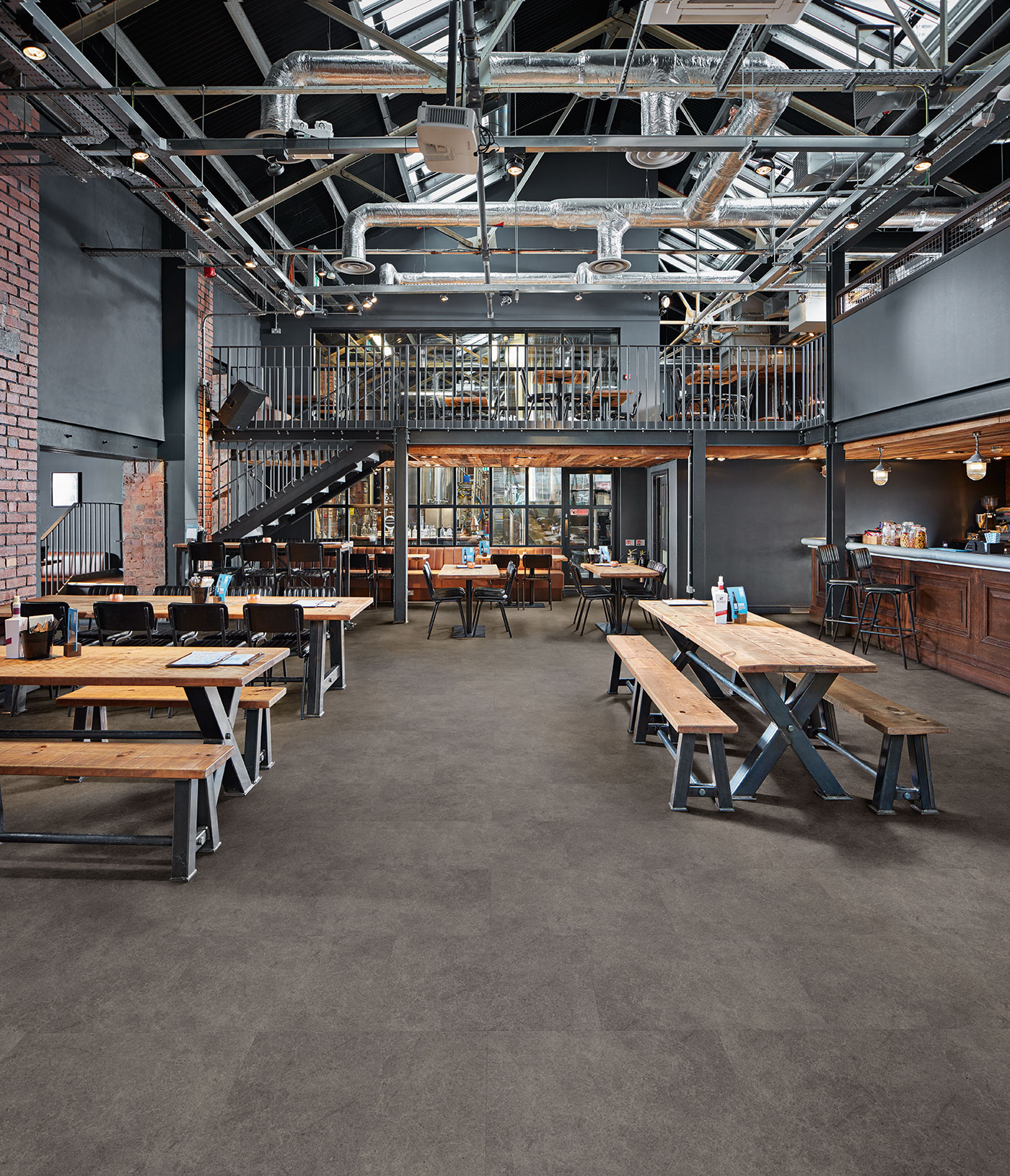
Image: Karndean Korlok Luxury Vinyl Tile Flooring
Karndean: Do you think that sound distractions can be addictive and has this made us the distracted generation?
Simon: Distractions can create the wrong sound environment for working which can make us 66% less productive [3]. This is because we require at least two of our senses to deliver an optimum response to any given stimulus so if we are distracted by background noise, we can struggle to focus on work tasks such as writing an email or reading a report.
When we talk about the fragmenting effect of technology on our attention we are often thinking about notifications on our phones. A small study in 2014 found that mobile phone users receive an average of 63.5 alerts every day with most viewed within minutes, whether the phone is on silent or not. A 2016 study by Deloitte found that people check their phone 47 times a day on average, often in response to alerts. It’s not surprising that some people have noticed this distraction and are looking for a notification detox.
The term ‘addiction’ gets tossed around all the time but when we call it what it really is – a distraction – it becomes something we can do something about.
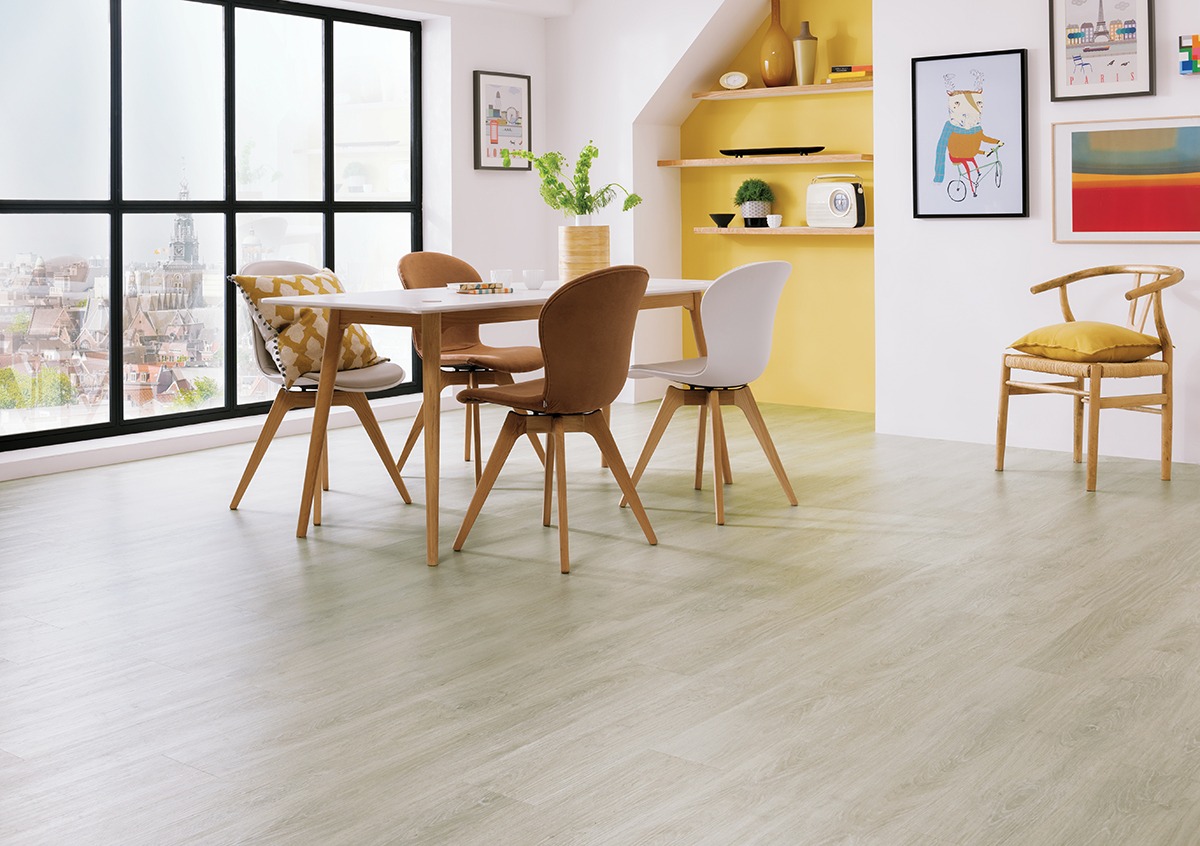 Image: Karndean Palio Core Luxury Vinyl Tile Flooring
Image: Karndean Palio Core Luxury Vinyl Tile Flooring
Karndean: There’s obviously a long way to go before we can achieve a quiet world but how far has the building and design industry come in recognising the significance of acoustics?
Simon: Many project managers have developed a better appreciation of the power of improved acoustics through costly mistakes. Sometimes it just takes simple design alterations to make a huge difference, for example using round planting pots instead of square to deflect traffic sound rather than reflecting and amplifying the noise.
Last April, we launched our Quiet Mark Podcast to explore the human relationship with sound and discuss why there is a growing recognition of the benefits of improved acoustics. For example, in the first episode I spoke with Colin Ball, Lighting Director, and Richard Grove, Acoustics Director at the Building Design Partnership about how they used to hold separate meetings with the same clients on projects and often received conflicting briefs. Now, they meet with clients together so that they can achieve the best harmony between visual and acoustic design.
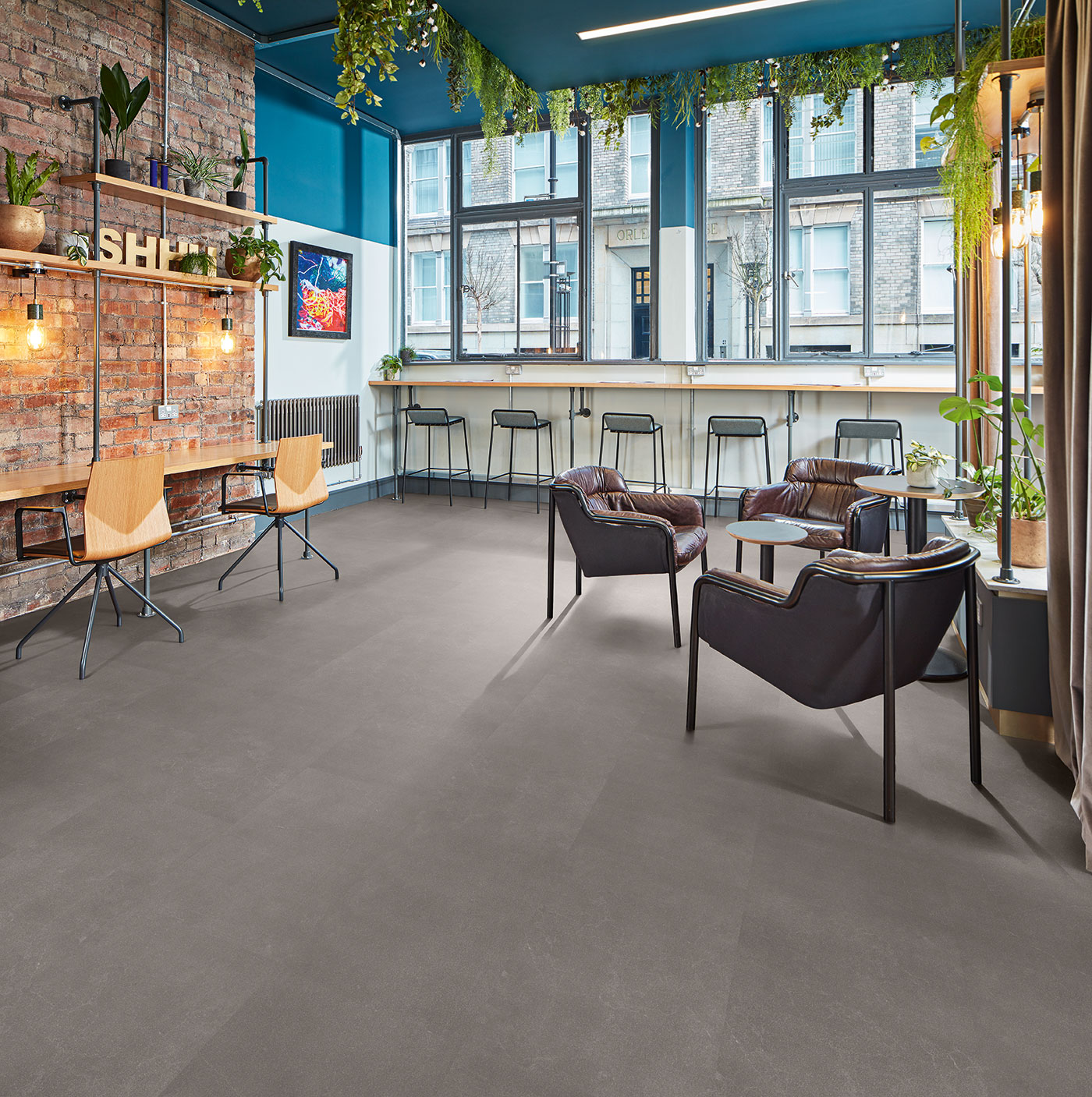 Image: Karndean Korlok Luxury Vinyl Tile Flooring
Image: Karndean Korlok Luxury Vinyl Tile Flooring
Karndean: What, if anything, do you think has changed over the last twelve months with regards to our awareness of noise and its impacts?
Simon: During lockdown periods we witnessed an unprecedented wave of silence. Records from seismic stations all over the planet show that high frequency noise caused by industrial plants, traffic and other activities fell by as much as 50%. Sounds of nature, particularly birdsong, were no longer masked by human generated noise.
At Quiet Mark, we’re continually exploring ways to preserve those lower noise levels through quieter appliances and products, quieter construction methods, and through improved acoustics in the built environment.
In part two of our conversation, we chat with Simon about the many practical ways consumers, businesses, designers and manufacturers can work together to tackle the problem of noise to improve our health and wellbeing, productivity and profitability. Look out for our blog next month.
[1]https://www.who.int/quantifying_ehimpacts/publications/e94888/en/
[2]https://rnid.org.uk/wp-content/uploads/2020/05/Hearing-Matters-Report.pdf
[3]Reference: Julian Treasure, chairman of The Sound Agency and author of Sound Business https://www.ted.com/talks/julian_treasure_the_4_ways_sound_affects_us/transcript
Read the original article on the Karndean Designflooring website here.
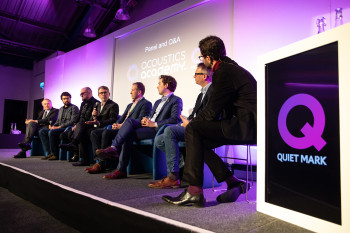
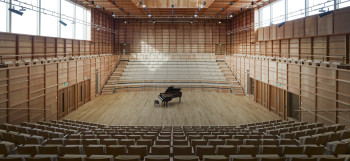






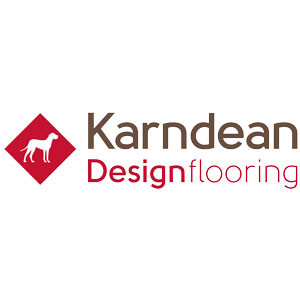


 Quiet Mark Founder
Quiet Mark Founder